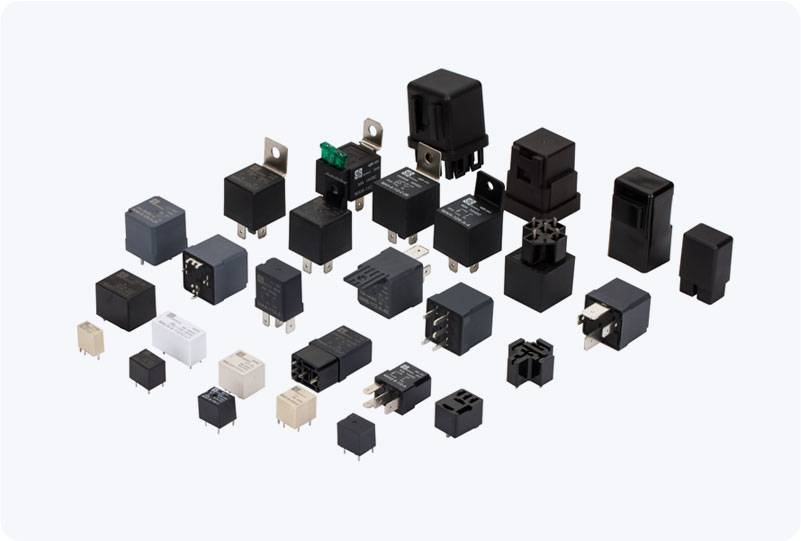capacitor precharge circuit relay: ensuring smooth power supply and protection
Release time:2025-05-05 13:45:44
In modern electrical and electronic systems, capacitors play a crucial role in stabilizing voltage and providing smooth power delivery. However, charging capacitors can often create a surge in current, which could potentially damage components or create undesirable transients in the circuit. To avoid such issues, a capacitor precharge circuit relay is employed to manage the charging process efficiently and safely. This article explores the design, function, and benefits of the capacitor precharge circuit relay in electrical systems.

Understanding the Capacitor Precharge Circuit Relay
A capacitor precharge circuit relay is a protective component designed to safely charge capacitors in power electronics circuits. It ensures that when a capacitor is initially charged, the current doesn't exceed safe limits, which could otherwise cause stress on the power supply or the capacitor itself. The relay works by initially applying a small current to the capacitor and gradually increasing the voltage, thus avoiding the typical inrush current seen in a direct connection.
The relay mechanism is a crucial part of the precharge circuit. It typically operates in a controlled sequence where the relay is engaged at the start, and the capacitor is charged through a series of resistors or a current-limiting circuit. After the voltage across the capacitor reaches a certain threshold, the relay disengages, allowing full power to flow to the capacitor without the risk of damage from excessive current.


